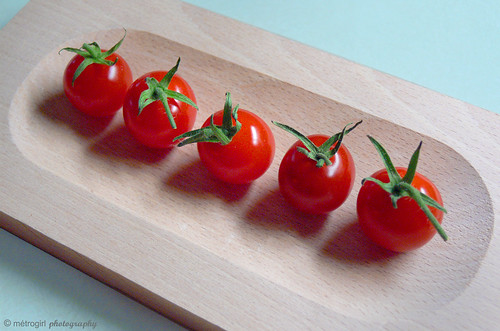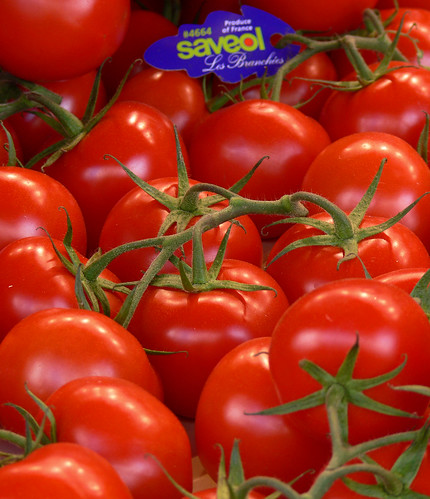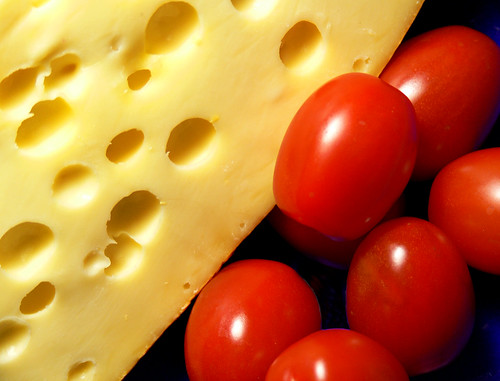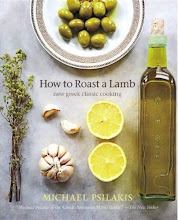tomatoes grown in Europe and were called ‘love apples'.
They were named as such because they were related botanically to the mandrake, or ‘love plant’, which was noted in the Bible for its reputed aphrodisiac qualities.
In 1553, Swiss naturalist Konrad Gessner depicted the small-fruited love apple in a watercolor, and identified it in Latin as ‘poma amoris’.
Pomme d'Amour (French for ‘love apple’) is similar to these small-fruit tomatoes that were mostly grown for ornament.

One of the strangest things about the history of the tomato is the fact that, although it is of American origin, it was unknown as food in this country until long after it was commonly eaten in Europe. Until hardly more than a hundred years ago it was generally thought to be poisonous in the United States.
Most Americans thought that the tomato was poisonous because of the way plates and flatware was made. Well to do families in that time used flatware made of pewter, which has a high-lead content. Foods high in acid, like tomatoes, would cause the lead to leech out into the food, often resulting in lead poisoning and death.
The poorer people in the 1800’s, who ate off of plates made of wood, did not have that problem, and hence did not have an aversion to tomatoes.

What changed to make the tomato a popular food...?
The most significant event was the mass immigration from Europe to America in the 1800’s and the traditional blending of cultures.
Most Italian-Americans ate tomatoes and brought that food with them.
Perhaps equally as important, was the invention of the pizza.
There is no pizza without tomatoes, and pizza was conceived
near Naples in the late 1880's.
As the story is told, pizza was created by a restaurateur in Naples to
celebrate the visit of Queen Margarite. The restaurateur made the pizza from three ingredients that represented the colors of the new Italian flag: red, white, and green.
The red is the tomato, the white was the mozzarella cheese, and the green was the basil. Hence, Pizza Margarite was born, and is still the standard for pizza.
What could have led more to the popularity of the tomato than pizza?

Thomas Jefferson was a pioneer in tomato culture.
He documented planting this relatively unfamiliar vegetable in his kitchen garden beginning in 1809, until his death in 1826.
In his notes on the State of Virginia, 1782, Jefferson noted that tomatoes were grown in his Virginia gardens at Monticello.
These mild, sweet, red tomatoes are ideal for garden snacking, salads, and drying.
This tomato pictured below was a plant that I grew from seeds that I obtained at Jefferson’s home in Monticello, VA.
 The tomato was not regarded as an indispensable kitchen ingredient in the United States until the times preceding The Civil War Period. From that point forward, tomatoes have become a staple item in kitchens throughout the world.
The tomato was not regarded as an indispensable kitchen ingredient in the United States until the times preceding The Civil War Period. From that point forward, tomatoes have become a staple item in kitchens throughout the world.Each area of the world has its own tomato history and how it is used in everyday dining. It appears as though tomatoes have had the largest impact on American eating habits, as they are responsible for consuming over 12 million tons of tomatoes each year.
That is “a whole lot of love”…!









3 comments:
Your photos of these tomatoes are beautiful. I personally love tomatoes: I know someone who never eats them and I can't even imagine life without tomatoes! I always think the coupling of tomatoes, fresh mozzarella and basil is inspired. Yay--you got that flickr thing going, too! Good for you! Lovely post, Therese Marie!
Hard to believe some one does not like tomatoes, but I image that is why there are so many fruits and veggies that we have been gien to choose our faves.
Merci mille fois encore, cher Sue...you are such a wonderful support.
I could not be here with my baby-blog without your help.
You are indeed a great friend.
This is such a glorious way to showcase your mouth watering food photography. I love to scroll down and be inspired. BTW--are you still using the Panasonic?
Post a Comment